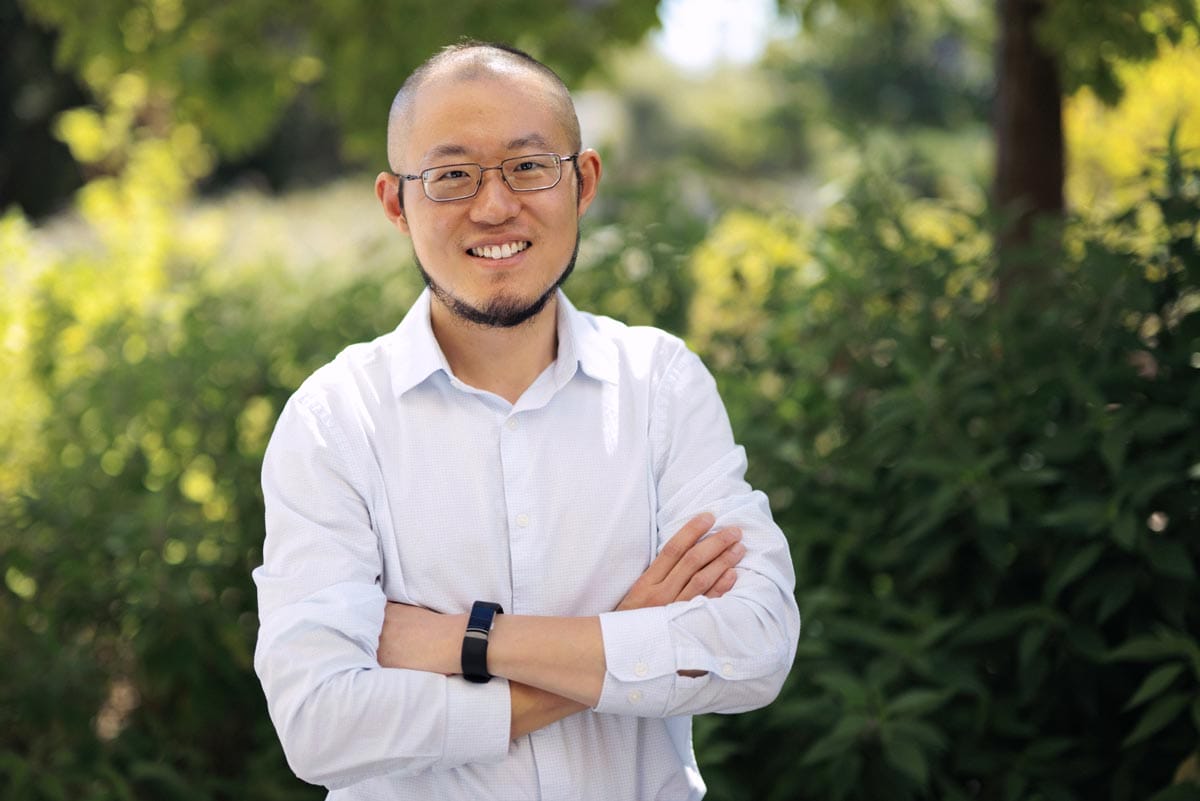
Guosong Hong’s work at Stanford University is at the intersection of the cutting edge of materials science and biological imaging. Using sound, light, and radio-frequency-based interfaces, he has pioneered new neuroimaging techniques. For his innovative research leadership, he receives a 2025 Vilcek Prize for Creative Promise in Biomedical Science.
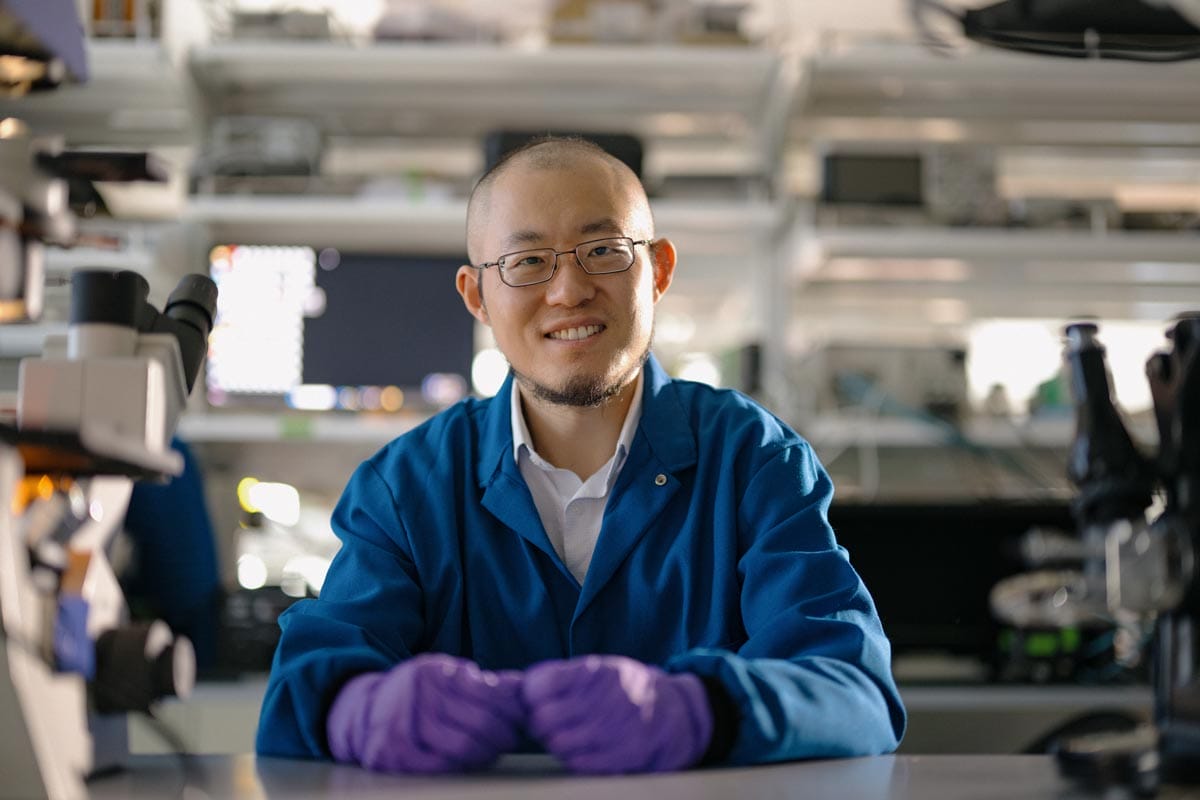
Cultural exchange and discovery
Global politics and international exchange have had a profound impact on Hong’s scientific career. As China emerged from the Cultural Revolution and entered the era of economic reform in the late 1980s, Hong, who was born into a working-class family, was able to access a translated copy of The Golden Book of Chemistry Experiments, a 1960 text by Robert Brent. The experiments fascinated Hong, and he developed a lifelong fascination with the physical and chemical properties of phenomena in the world around him.
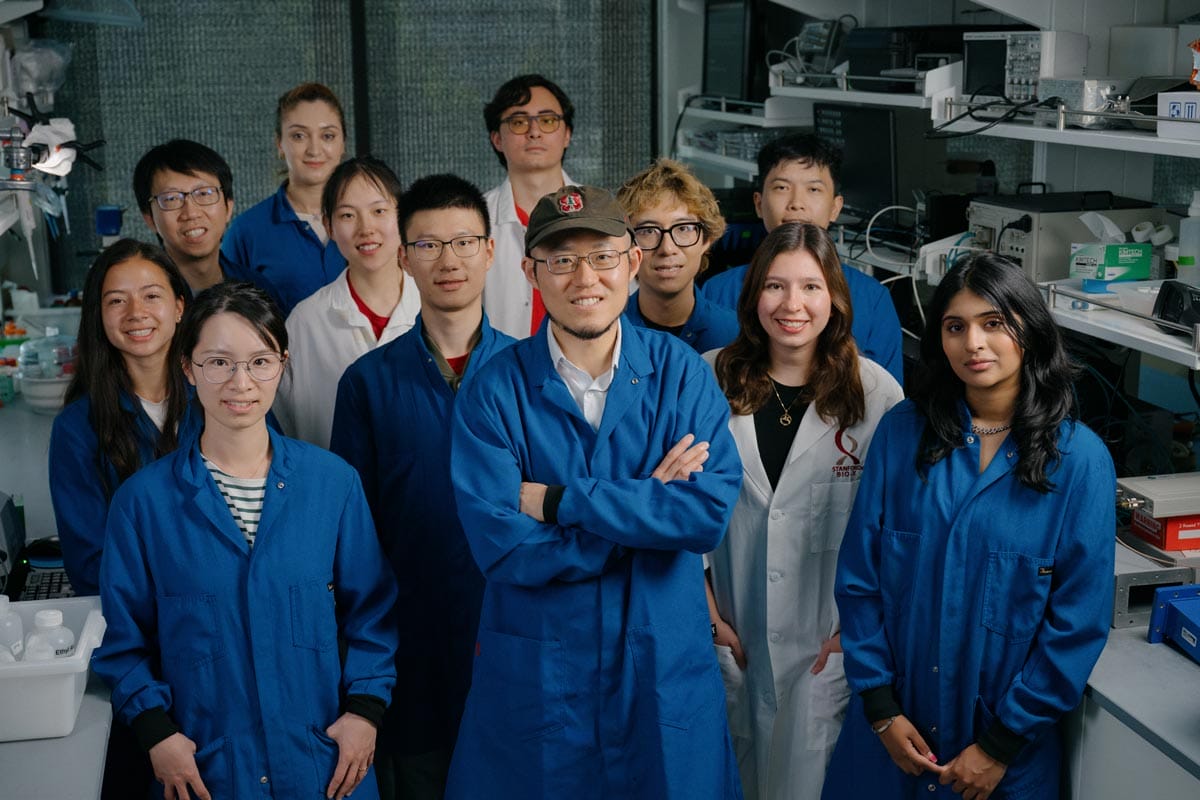
Following his receipt of his undergraduate degree in chemistry at Peking University, Hong moved to the United States to pursue his PhD at Stanford. Hong says he still vividly remembers his first year as an international student in the U.S., working as a graduate assistant. “The freedom to enroll in any classes beyond my program requirements laid the foundation for the highly interdisciplinary research I am engaged in today.”

Seeing the light: Imaging and transparency
While completing his PhD in Chemistry, Hong’s interest in neurobiology was ignited as he began to see the applications for complex physics to imaging. He discovered that the ultra-long-wavelength emission of certain nanomaterials, such as carbon nanotubes, could enable researchers to see deep into the rodent brains through intact bone and tissue. He recalls, “This experience set me on a journey to apply these novel materials and physical concepts to address various challenges in biology and medicine.”
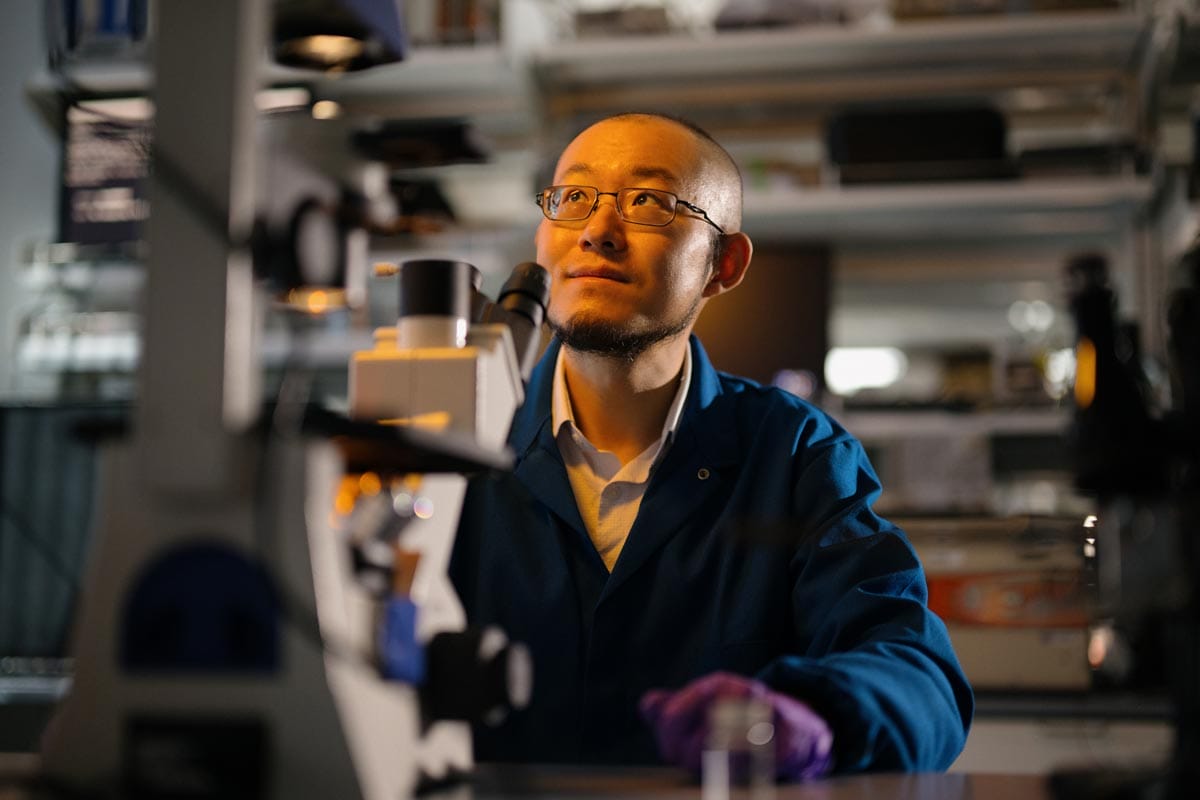
In September 2024, Hong and his research team published a paper in Science outlining how the application of specific combinations of common dyes to biological tissues can alter the refractive properties of the water and tissues: This change reduces the scattering of light, which is what usually makes tissues look opaque. In doing so, Hong and his team were able to render the tissues of live rodents—including skin and connective tissues—temporarily transparent. This allowed Hong and his research assistants to observe and analyze the gut motility dynamics in live mice for the first time.
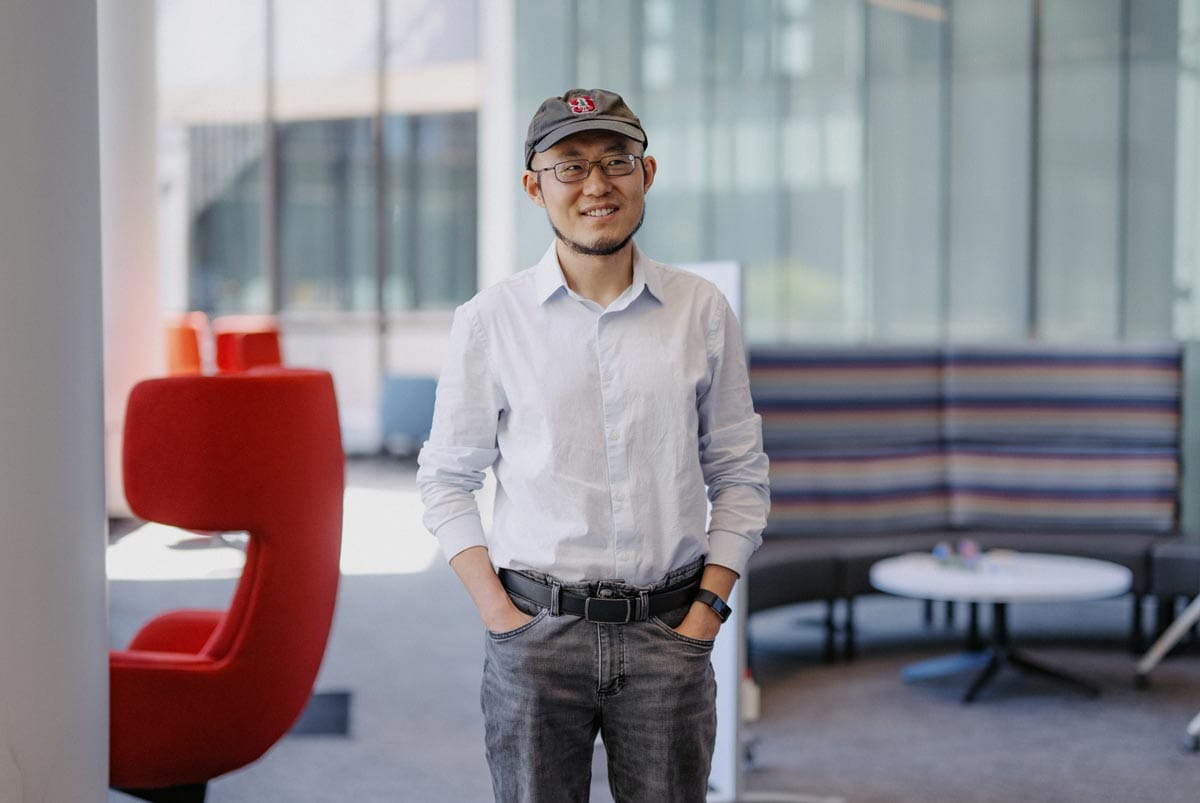
Looking to the future, Hong hopes to build on his discoveries to support further noninvasive approaches to imaging. “I envision collaborations with neuroscientists to create reversible optical windows for deep-brain microscopy, avoiding the tissue damage caused by conventional methods,” he says. “I aspire to work with biologists to develop optical windows in other body parts, enabling noninvasive microscopic imaging and light-based modulation of gut and cardiac activity.”
Inspiration and looking forward
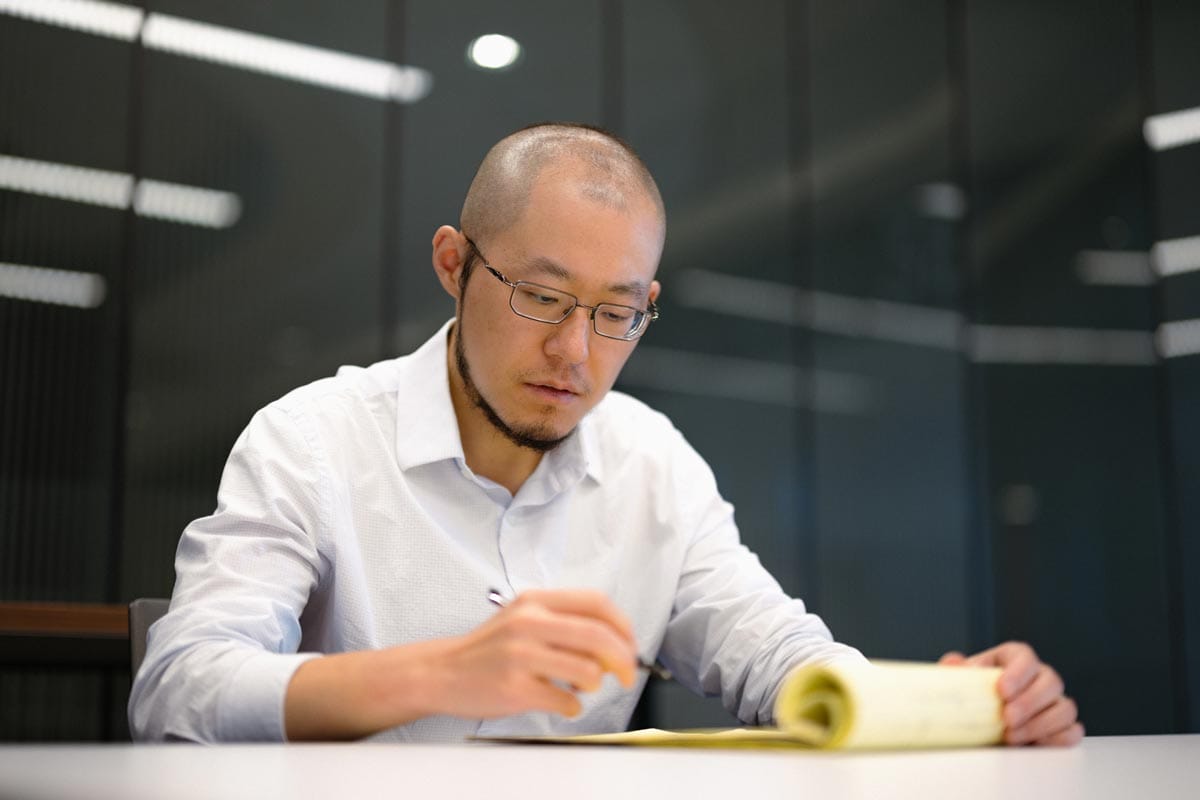
Reflecting on his receipt of the Vilcek Prize for Creative Promise, Hong considered his first introduction to Jan Vilcek’s work as a graduate student at Stanford. “His journey from overcoming adversity to achieving remarkable success deeply resonated with me: serving as a beacon of what is possible through perseverance and dedication as an immigrant scientist.”
“By staying true to what you love most, you’ll find the strength and motivation to navigate the ups and downs of your career,” he says.
Related News
Vilcek Foundation Awards $950,000 in Prizes to Immigrants and Scholars

Vilcek Foundation Awards $250,000 to Immigrants in Biomedical Science

Vishva M. Dixit: A scientist who swings for the fences
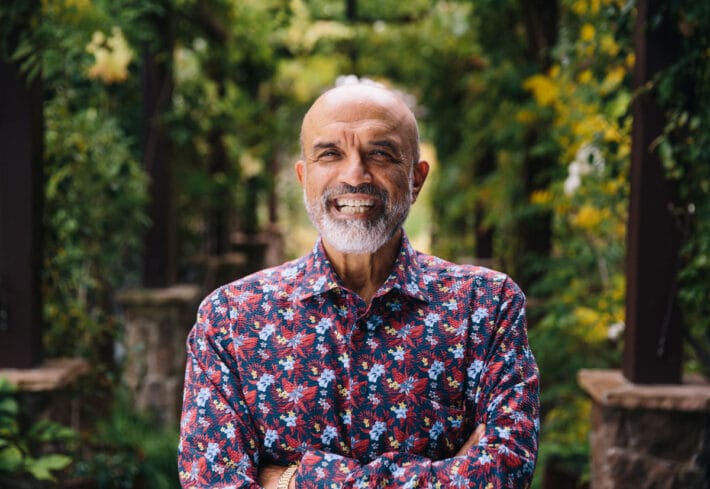
You may also be interested in
Guosong Hong
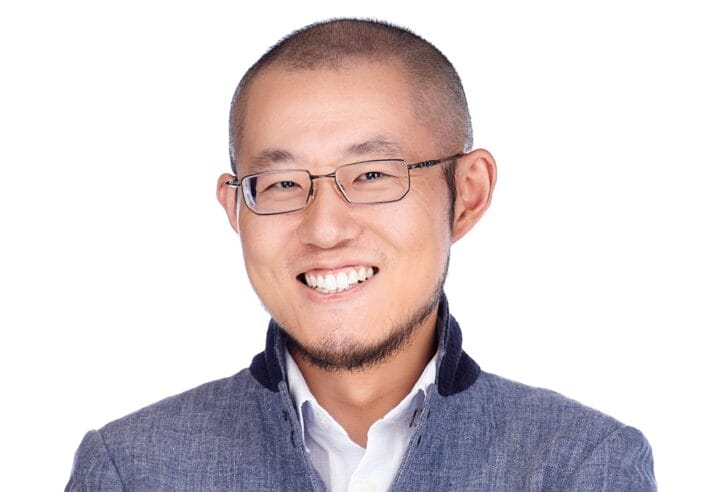
Amit Choudhary

Polina Anikeeva
